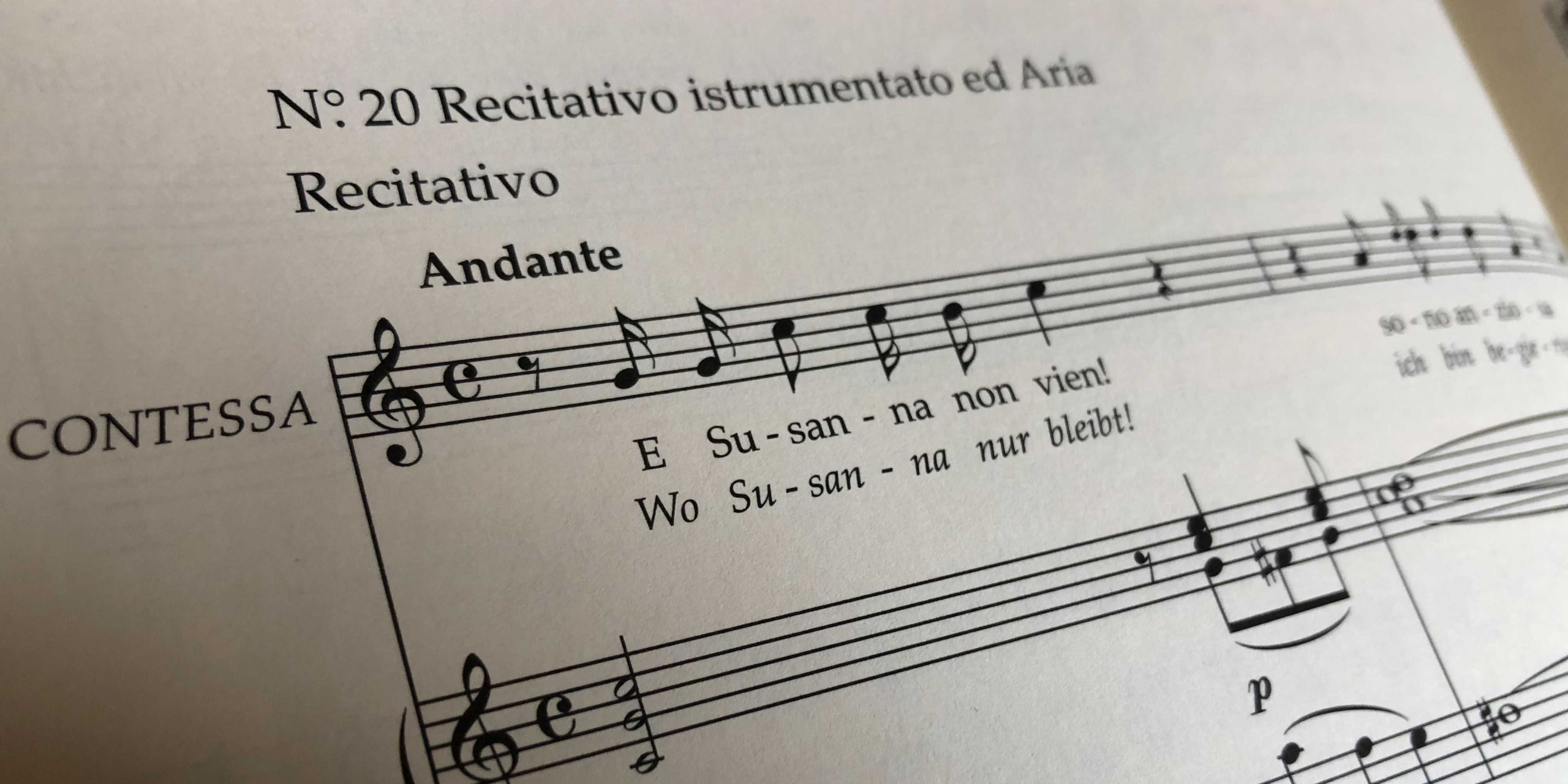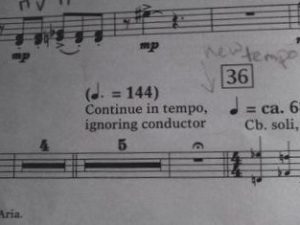Opera Explained: What is Tempo?

Opera Explained: What is Tempo?
By: Suzanne Whitney
I fell in love with opera as a middle school student on a school trip to see Madama Butterfly. I was the only student bouncing with excitement on the way to the Civic Opera House in Chicago. All around me on the bus I heard groans about how boring classical music is and wishes for us to go somewhere cool on our field trip. Being totally unable to keep my darn mouth shut, I turned around and asked one of my classmates, “Why do you think classical music is boring?” Her answer was, “It is all so slow.”
At thirteen, I was enough of a know-it-all that I couldn’t let that slide. “Haven’t you heard ‘The Flight of the Bumblebee?’ Some classical music is fast!” My classmate responded with glazed eyes and a confused look on her face. I definitely wasn’t changing her mind that day.
At that time, I wasn’t aware of how privileged I was growing up with parents and grandparents who loved music of all kinds and made sure that it was a part of my early education. If your only exposure to classical music was through cartoons, like Schroeder playing the “Moonlight Sonata” in Charlie Brown, you might well think all classical music was slow!
But I am here to set the record straight, classical music and opera can be slow, or fast, or anywhere between and the word musicians use to discuss the speed of a piece is tempo.
The technical definition of tempo is: the pace of a composition as determined by the speed of the beat to which it is performed. Clear as mud? Perfect.
More simply put, tempo is just the speed at which a piece of music is played and it is usually indicated to musicians in two ways: a BPM (beats per measure) or a musical term. As with much of the opera we love, many of these musical terms are in Italian.
Here are a few basic Italian tempo terms:
Largo—Slow and stately
Adagio—Leisurely or at ease
Andante—Walking pace or moving forward
Allegro—Lively, quick, and bright
Presto—Brisk or as fast as possible

Check out our Guess the Tempo playlist, which includes music from the upcoming 21-22 Season and other operas. Listen and figure out the tempos throughout each piece!
Through their musical education, artists learn the pace associated with these tempo terms and many more. The terminology can be in Italian, like the ones above, French, English, or any language that the composer wants.

These days composers can get quite creative with their terminology. For example, this unknown composer clearly has something to say about conductors! “Continue in tempo ignoring conductor.”
Musicians learn to match the tempo set by a metronome, fellow musicians in a chamber setting, or the conductor for larger works like operas and symphonies. While a composer may indicate a very specific tempo, it will always be up to the musicians and interpreters of the music to bring that vision to life.
Are you a musician who lives by the metronome? Do you have a favorite story of tempos going awry in a performance? Let us know in the comments! Learn more about opera in other Opera Explained posts.
Suzanne Whitney is Opera Colorado’s Marketing Manager.


